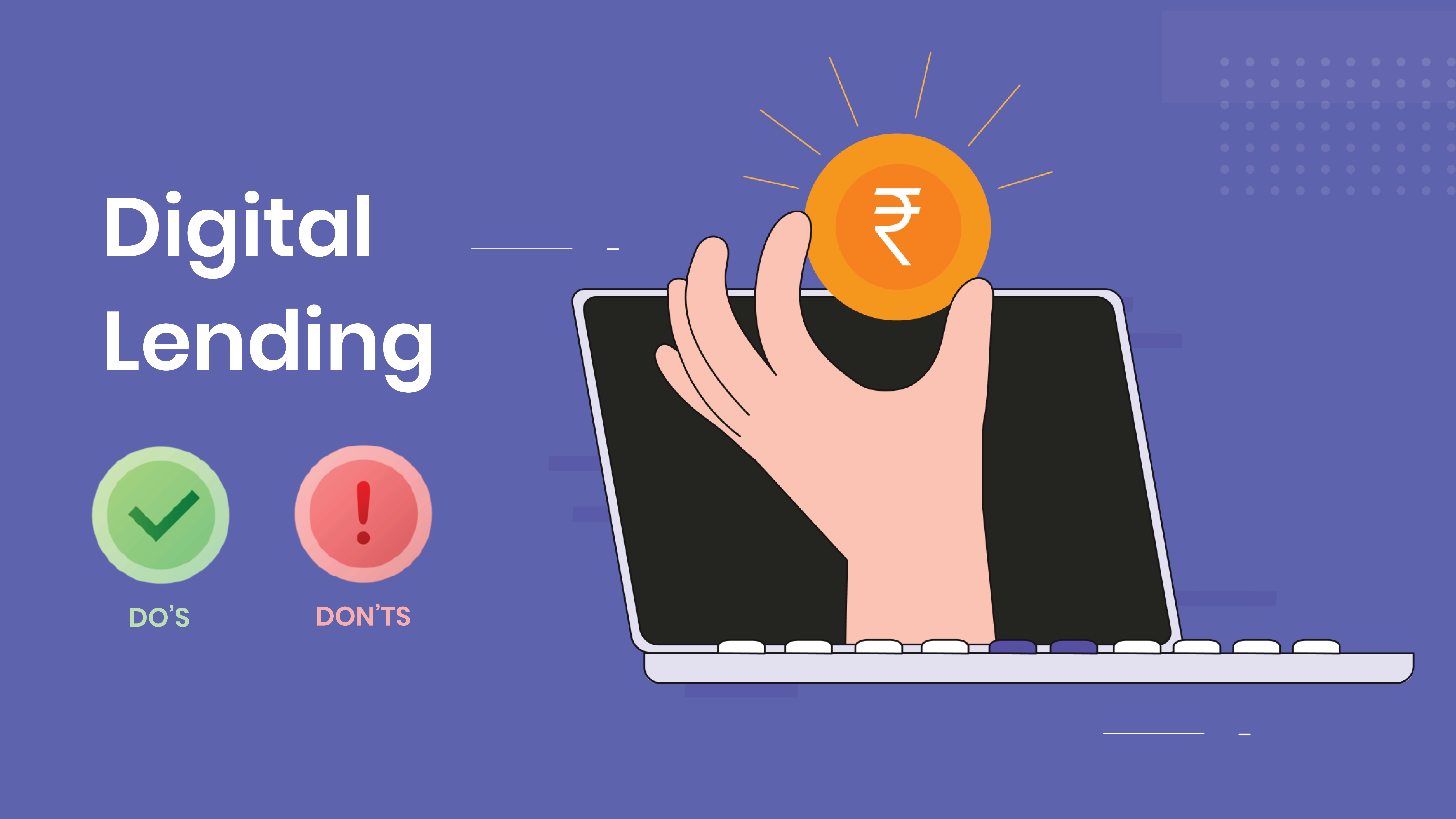
FinCrime: Digital Lending Pitfalls, Dos and Don'ts
The Rise of Digital Lending in India
Digital lending in India has experienced significant growth, driven by factors such as increased smartphone usage, internet penetration, and the expansion of e-commerce and digital payments. According to a report by the Boston Consulting Group (BCG), India's digital lending market is projected to reach approximately $1 trillion over the next five years . (Consultancy.in)
Key Drivers of Growth:
- Access to Credit: Digital platforms have made credit more accessible, especially for individuals previously excluded from traditional banking systems.
- Faster Loan Disbursal: Utilizing technologies like artificial intelligence and machine learning, digital lenders can process applications swiftly, leading to quicker loan disbursements.
- Minimal Documentation: Compared to traditional banks, digital lenders often require less paperwork, simplifying the application process.
- Competitive Interest Rates: Digital lenders may offer attractive interest rates due to lower operational costs.
- User-Friendly Platforms: Borrowers can apply for loans anytime and anywhere through intuitive digital interfaces.
This transformation has not only disrupted traditional lending practices but also contributed to financial inclusion and economic growth in the country.
Challenges and Financial Crimes in Digital Lending
Despite its advantages, the digital lending sector has faced challenges, particularly concerning financial crimes:
- Exorbitant Interest Rates: Some digital lenders have been reported to charge excessively high interest rates without transparent disclosure, leading borrowers into debt traps.
- Fraudulent Practices: Instances of fake lending apps impersonating legitimate financial institutions have emerged, collecting personal data for malicious purposes.
- Aggressive Recovery Methods: There have been reports of lenders employing coercive tactics for loan recovery, including harassment and public shaming.
- Lack of Due Diligence: Some platforms have disbursed loans without proper verification of the borrower's creditworthiness, increasing the risk of defaults.
- Data Privacy Concerns: Unauthorized sharing and misuse of borrowers' personal and financial information have raised significant privacy issues.
Regulatory Measures by the Reserve Bank of India (RBI)
To address these concerns, the RBI issued comprehensive guidelines on digital lending in September 2022 . Key provisions include: (Leegality, Reserve Bank of India)
- Mandatory Registration: All digital lending platforms must be registered with the RBI as Non-Banking Financial Companies (NBFCs).
- Transparent Disclosures: Lenders are required to clearly disclose all charges, including interest rates and fees, to borrowers.
- Fair Practices Code: Adherence to a code that ensures responsible lending and fair treatment of customers is mandatory.
- Grievance Redressal Mechanism: Lenders must establish a system to address customer complaints promptly.
- Ethical Recovery Practices: Coercive recovery methods are prohibited; lenders must follow fair and legal procedures.
- Data Protection: Strict measures must be in place to safeguard borrowers' personal and financial data.
Tips for Borrowers: Staying Safe in the Digital Lending Landscape
To protect themselves, borrowers should:
- Verify Lender Credentials: Ensure the lender is registered with the RBI.
- Read Terms Carefully: Understand all terms and conditions, including interest rates and fees, before accepting a loan.
- Protect Personal Information: Share sensitive data only with verified and secure platforms.
- Report Suspicious Activities: If you encounter fraudulent practices, report them to the RBI or relevant authorities.
Responsible Borrowing: Best Practices
Borrowers can maintain financial health by:
- Budgeting: Plan your finances to ensure timely loan repayments.
- Borrowing Within Means: Only take loans that you can comfortably repay. (RBI Docs)
- Timely Repayments: Avoid late payments to maintain a good credit score.
- Communicating with Lenders: If facing financial difficulties, discuss alternative repayment options with your lender.
Sources: